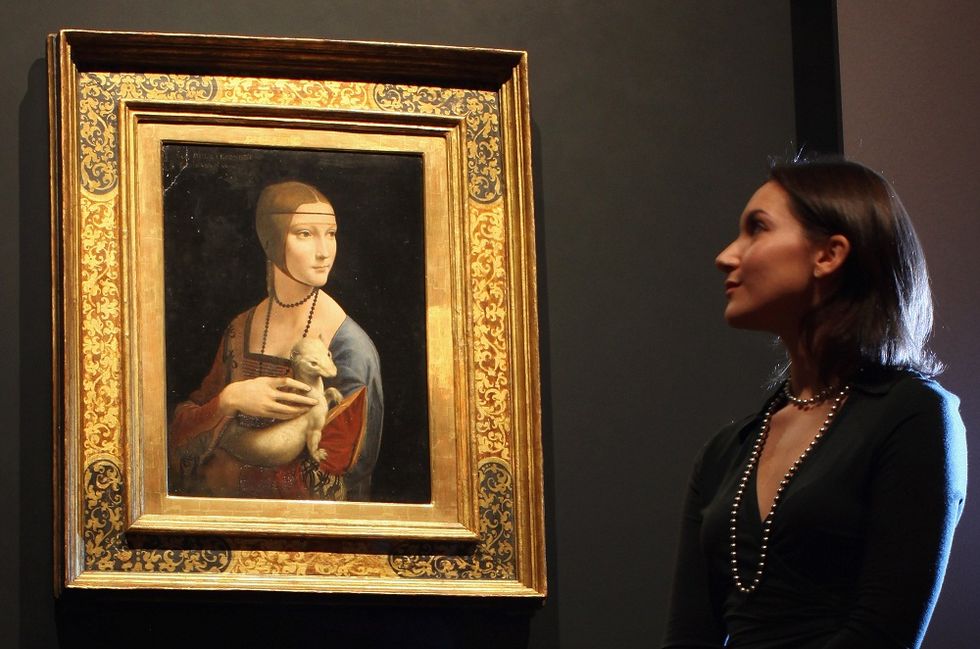Italian researchers unveiling Leonardo's connections with China
Speculating on the Italian Genius Life
Rumours on the alleged links between the Italian genius Leonardo Da Vinci and China are becoming more and more significant not only on the web but also the literature.
Since 2013, authors like Gavin Menzies have published works asserting that Leonardo had copied his engineering sketches from Chinese intellectuals. In particular, the British author argues that a Chinese fleet arrived in Italy in 1434, bringing along some technology encyclopaedias unknown to the western world which represented Leonardo's main source of inspiration for his inventions, such as airplanes.
As explained in an interesting article published by AgiChina24, in 2015, the Italian researcher Angelo Paratico published an essay entitled Leonardo Da Vinci: a Chinese Scholar Lost in Renaissance Italy, arguing that Leonardo's mother was Chinese and arrived in Italy as a slave.The scholar, who lives in Hong Kong, has revived the argument already presented by the author Francesco Cianchi, who published in 2008 a book entitled Was Leonardo's mother a slave?.
As also pointed out by the exhibition on Leonardo in Kaohsiung (Taiwan), the Italian genius was definitely influenced by Chinese paintings of the 11th century.
Besides all unproven hypotheses of the multitude of authors attracted by this myth, it seems historically reasonable to imagine that Chinese products were able to reach Europe thanks to many channels. For instance, Venice was a mercantile city but also Istanbul was a very popular route of the time connecting West with Far East, where several objects of Chinese art used to arrive.
For these reasons, Chinese paintings, printings, illustrated books and calligraphy became very popular in Europe. Nonetheless, the present knowledge is not enough to assess whether Leonardo's inventions were copied by Chinese brilliant minds neither to establish the origins of his mother.
Further research is needed in this field from both Chinese scholars and Italian ones, investigating not only one of the most enigmatic characters of history but also on his great variety of works of art.
Follow @castaritaHK


